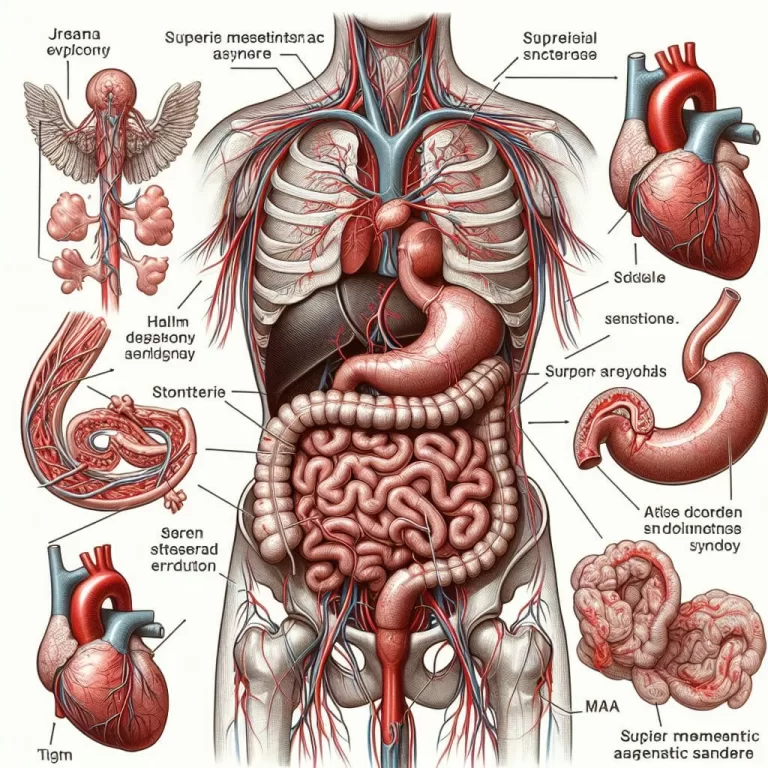Wilkie’s Syndrome
**Wilkie’s Syndrome: Comprehensive Overview**
Wilkie’s Syndrome, a rare congenital disorder, is characterized by an abnormal connection between the duodenum (the first part of the small intestine) and the renal pelvis (the collecting basin in the kidney). This condition can lead to duodenal obstruction, resulting in abdominal pain, vomiting, and other gastrointestinal symptoms.
**Etiology and Epidemiology:**
The exact cause of Wilkie’s Syndrome is unknown, but it is believed to be linked to abnormal fetal development during the second trimester. It is a rare condition, with an estimated prevalence of 1 in 200,000 newborns.
**Clinical Presentation:**
Symptoms of Wilkie’s Syndrome typically develop shortly after birth and can include:
* Persistent vomiting
* Abdominal pain and distension
* Failure to thrive
* Constipation
* Irritability
**Diagnosis:**
Wilkie’s Syndrome is often diagnosed with an abdominal X-ray or ultrasound, which may reveal a dilated duodenum and the characteristic connection with the renal pelvis.
**Management:**
Treatment for Wilkie’s Syndrome involves surgery to disconnect the abnormal connection between the duodenum and renal pelvis. This procedure is known as a duodeno-renal bypass and is typically performed laparoscopically.
**Prognosis:**
The prognosis for Wilkie’s Syndrome is generally good after surgical correction. Most patients fully recover and can live normal lives. However, if the condition is not treated, it can lead to serious complications, such as malnutrition, dehydration, and pancreatitis.
**Keywords and Related Expressions:**
* Wilkie’s Syndrome
* Duodenal Obstruction
* Congenital Disorder
* Duodeno-renal Bypass
* Abdominal Pain
* Vomiting
* Failure to Thrive
Comprehensive Guide: Understanding Superior Mesenteric Artery (SMA) Syndrome

Superior mesenteric artery syndrome is a rare type of compression of the small intestine. It’s a treatable condition, but a delayed diagnosis can lead to more severe symptoms or even death. Superior mesenteric artery (SMA) syndrome has gone by many…
